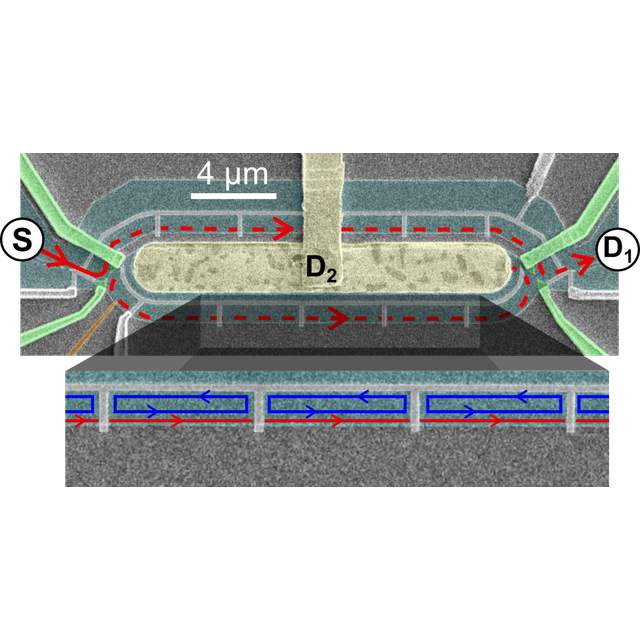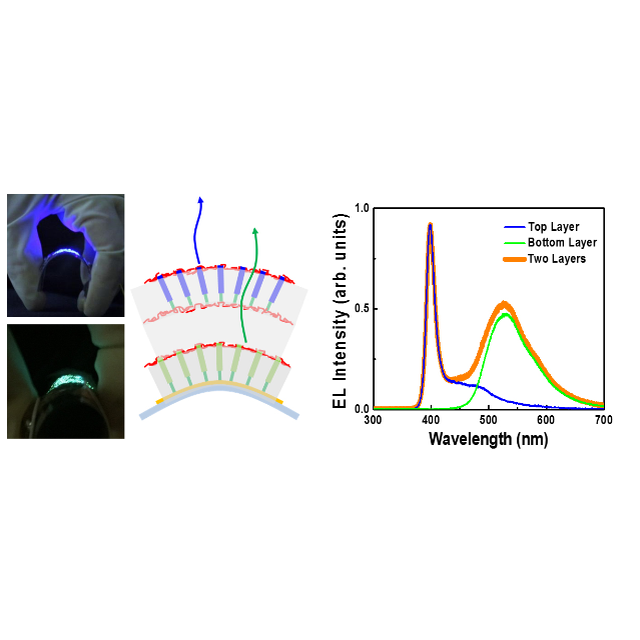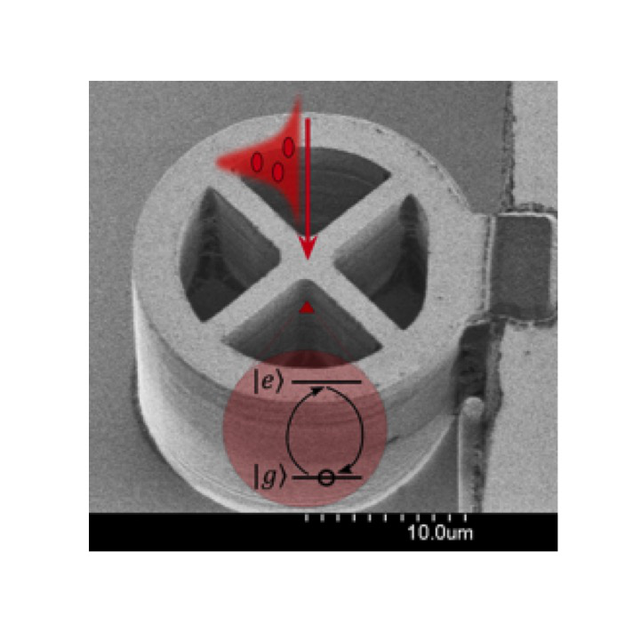A team of researchers of C2N achieved in an experimental work a coherent propagation of electrons in circuits over macroscopic distances through a novel nano-engineering strategy.
The quantum coherence of electronic quasiparticles underpins many of the emerging transport properties of conductors at small scales. Novel electronic implementations of quantum optics devices are now available with perspectives such as ‘flying’ qubit manipulations. However, electronic quantum interferences in conductors (quantum coherence length) remained up to now limited to propagation paths shorter than 30μm, independently of the material, geometry and experimental conditions: remarkably similar maximum values were obtained in ballistic semi-conductors, diffusive metals or even 2D materials like graphene.
Using circuit nano-engineering, a team of researchers from the Nanoelectronics Department at C2N have achieved, for the first time, a macroscopic value of the quantum coherence length: 0.25 mm, meaning that it is visible with the naked eye. This result is attained along edge channels that guide electrons in the quantum Hall regime. Normally in this setup, coherence is limited by electron coupling between adjacent channels. To prevent inter-channel collisions, the researchers fabricated a nanostructure that confines electrons to move in small loops within compartments lining the inner channel wall. This confinement forces the inner channels to stay in their ground state, which makes inelastic collisions between electrons impossible. They find that this, combined with outstanding isolation from other decoherence mechanisms, boosts the coherence length by roughly an order of magnitude.
This work extends the possibilities of exploiting the electrons quantum behaviours up to macroscopic length scales and opens new perspectives in quantum electronic optics.
Reference:
Macroscopic electron quantum coherence in a solid-state circuit, H. Duprez, E. Sivre, A. Anthore, A. Aassime, A. Cavanna, A. Ouerghi, U. Gennser and F. Pierre, Physical Review X, 9, 021030 – Published 14 May 2019
DOI: https://doi.org/10.1103/PhysRevX.9.021030
- Centre de Nanosciences et de Nanotechnologies (C2N), CNRS, Univ Paris-Sud/Paris-Saclay
- Université de Paris, Univ Paris Diderot
Contact:
- Anne Anthore, Associate Professor Université de Paris at C2N
- Frédéric Pierre, CNRS Senior Researcher at C2N
Figure: Colored scanning electron micrograph of the sample: Mach Zehnder interferometer and confinement strategy used to obtain and demonstrate a record electronic coherence length of 0.25 mm. Copyright: C2N.








